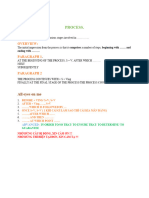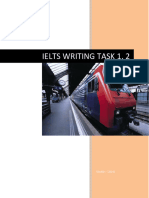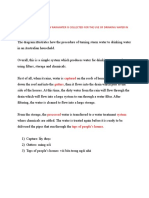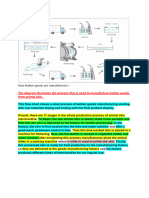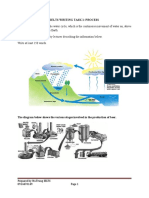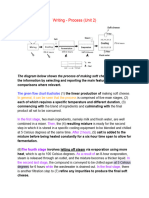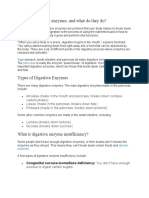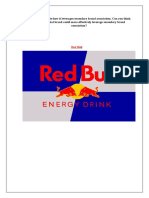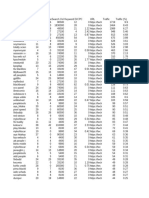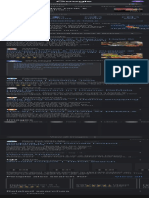The diagram details the process of making wool.
Summarise the information by selecting and reporting the main features, and make
comparisons where relevant.
The flow chart illustrates the process of producing wool and related woolen
goods, mainly for personal and industrial use.
Overall, processing wool and producing woolen goods is rather a simple
process, which starts from sheep being sheared and ends in the finished woolen
products/ the manufacture of woolen products.
Sheep shearing commences the whole process, after which the procedure of
cleaning the collective amount of fleece continues to function as the
�pretreatment so as to remove foreign contaminants and debris. After that it
is spread onto a flat surface to be dried. In the subsequent stage, some of the
spun products unwittingly strung together before being recycled. Meanwhile,
the spun wool will be treated until woolen tufts form. This is followed by a
storing process when all of these products are sending to a large warehouse.
Afterwards, it is the stored tufts that is going to be spun once again and balls
of yarn are then produced in this crucial step. Finally, considering the practical
use, the products are utilized for either individual pastimes like knitting or
commercial use as in jacket or carpets.
Pineapple Process
The process diagram details the steps by which pineapples are produced for sale.
�The process details the steps by which pineapple is produced and shipped for later retail.
Looking from an overall perspective, it is readily apparent that pineapple production involves
both man-made and natural processes beginning with the ripening of the fruit,
its preparation and division into different sizes before final processing. Smaller pineapples are
used for juice, medium sized ones are canned and the largest ones are sold whole.
The processing of all pineapple products begins in a tropical climates (28 °C to 30 °C) during
which pineapples are harvested at various sizes including 26cm, 28cm and 30cm (2kg) in total
height. The pineapples are then cleaned and divided into three groups with the smallest and
medium sized ones both having their tops sliced off and the rinds peeled. The smaller ones are
then sent through a juice extractor, while the larger ones are sliced and canned.
In contrast, the 30cm pineapples are simply washed, coated in wax, placed in crates and then
shipped on freights overseas.
Carbonated Drinks
�The diagram details the process by which carbonated drinks are produced.
Looking from an overall perspective, it is readily apparent that this 5-stage man-
made process is comprised of the filtering of raw water and addition of carbon dioxide in the
early steps, mixing with additional ingredients in the middle, and finally packaging it off to be
sold.
At the beginning, raw water is cleaned by passing through a filter before water softener and
chemicals are added. The clean water is then pumped into a heater and is eventually sent
through a cooling pipe to the pivotal stage where carbon dioxide is introduced to create
the carbonated effect.
From there, the carbonated water is mixed with colouring, syrup and flavours and filtered
again prior to bottling and canning. The finished drinks are then boxed up and sent to
supermarkets for retail.
The diagram depicts the whole process used in an Australian town for collecting rainwater and
ultimately converting it into drinkable water that can be used by residents in the town.
�Overall, it can be seen that the process has five main stages, starting with the collection of
impure water from homes and ending in the distribution of purified water to the same homes.
Initially, rain falls onto the roof of the structure and flows into a drain where water is collected
in an enormous receptacle. Afterwards, the accumulated water is filtered to get rid of
sediments and large particles that are unsafe for drinking. This water is then stored in a
gigantic container before moving to the next stage.
In order to ensure the water is completely safe for consumption, it is then treated with chemical
in a bigger vessel to eliminate any remaining and harmful bacteria and germs. At the following
stage, the purified water and filtered water is pumped up to the ground through large pipes to
residents’ homes in the town. The citizens can use water by turning on the taps or showers in
their homes.



















